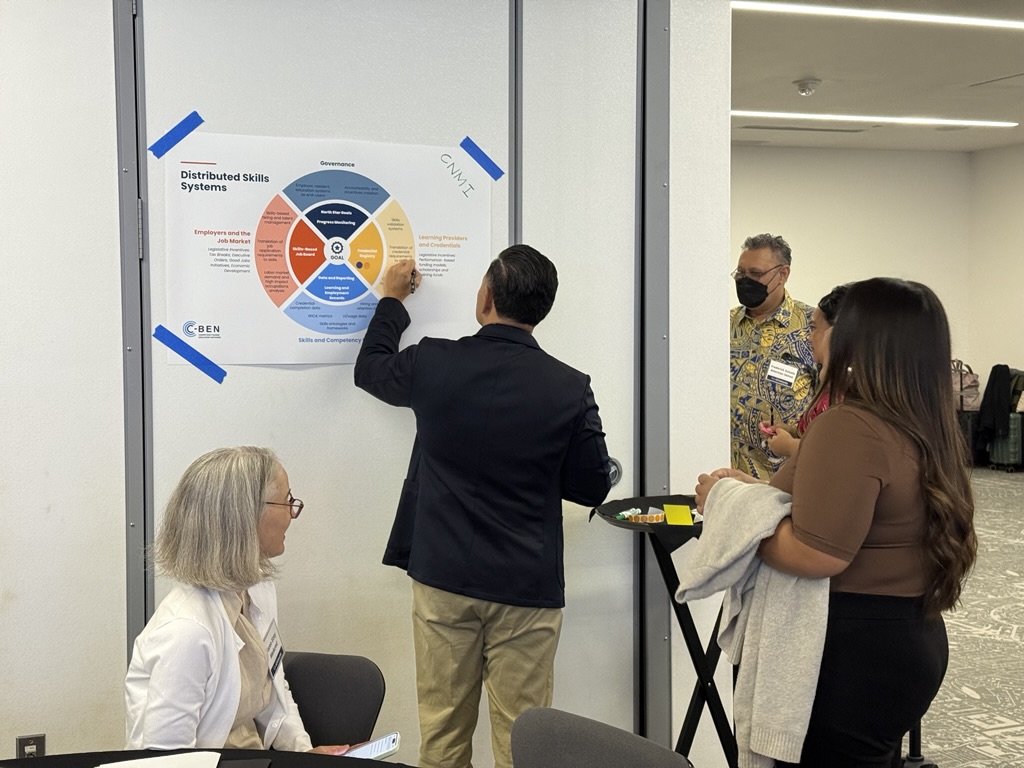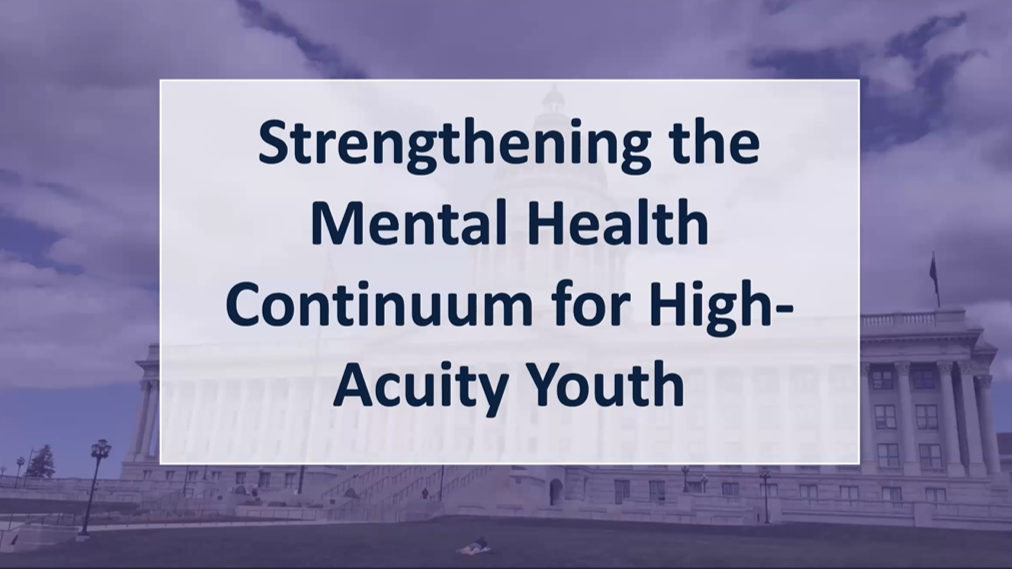Energy security planning is critically important to governors and practices are ever evolving. To keep governors’ offices apprised of the latest news, NGA will feature periodic spotlights on notable resources and opportunities.
NGA Corona Virus Resources
- NGA Website: Coronavirus: What you Need to Know
- Memo: Governor Guidance on the Energy Sector During COVID-19 Response
- Memo: Capacity for COVID-19 Testing – Current Status and Considerations
- Report: Executive Authority During Energy Emergencies: A Road Map for Governors
The Latest in Energy Assurance News (COVID-19 Edition)
Corona virus drives a decline in energy consumption, impacts may last for 18 months As more states issue stay at home orders and businesses close or reduce operations to decrease the spread of COVID-19, energy use has declined anywhere between 5 – 15%.
Differences vary by region but EIA forecasts that electric power sector generation will decline by 3% in 2020. EIA also forecasted that the commercial and industrial sectors will be worse off, declining almost ~5% and 4% respectively. This may impact new and old generation capacity. Many have expressed concern that reduced electricity demand could set off another wave of coal plant closures as a result of being dispatched less. EIA also forecasted lower capacity additions for wind and solar but did expect to see new capacity come online for those resources, 19.4 GW and 12.6 GW respectively.
Utility Dive: https://www.utilitydive.com/news/clearer-picture-of-coronavirus-driven- grid-load-declines-emerges-in-us-afte/575777/
EIA April 2020 Short Term Outlook: https://www.eia.gov/outlooks/steo/
The Latest with NGA
New Release: GridEx V Lessons Learned Report – GridEx is a grid security exercise hosted by the North American Electric Reliability Corporation (NERC) to test utilities’ abilities to respond and recover from a simulated, coordinated cyber and physical security incident. NERC released a report of the lessons learned that can be accessed here. The report covers recommendations from the executive tabletop and a summary of the observations and recommendations from the actual exercise.
State Resilience Assessment and Planning Tool Revisions and Final Release in 2020 – In 2018, NGA developed and piloted a State Resilience Assessment and Planning Tool (SRAP Tool) to provide governors with a quantitative and qualitative framework to assess their states’ energy security and resilience and identify strategies to improve planning, coordination and investments. NGA subsequently beta tested this tool with Idaho, Marylandand Oregon, and we are in the process of revising the SRAP Tool based on that feedback. Stay tuned for a public version this summer!
What We’re Working On (and How You Can Help)
Information Sharing Within Your State – When it comes to the energy sector, who is your states main source of threat or cybersecurity information? Your fusion center? The MS- ISAC? The PUC? Some other entity? Does your state have established procedures to share information between state parties i.e. from the homeland security advisor to the energy advisor or from the PUC to the energy advisor? Do your state emergency plans specify who to seek information from or where it should be disseminated to? If you would like to share your states information sharing procedures or learn about best practices from other states, please reach out to Alyse Taylor-Anyikire (amtaylor@nga.org).
State Energy Cybersecurity Governance Bodies – Does your state have a governing body (i.e. Council, Task Force, Working Group, Advisory Council, Committee, etc.) tasked with addressing or assessing state cybersecurity preparedness? NGA is writing a paper to document how these governing bodies are addressing the energy industry and critical infrastructure and highlight how other states can replicate those models. Please let us know if your states cybersecurity governance bodies address energy or critical infrastructure.
State Responses to COVID-19
Utility shutoff moratoriums and tracking expenditures related to the corona virus
The spread of COVID-19 has sparked states to issue stay-at-home orders. As a result of these orders many businesses are operating in a limited capacity or ceasing operations all together and households across the country are under financial strain. This has led to a financial crunch for businesses and the people they employ. As the finances of many constituents have tightened, states have become concerned about citizens who no longer can afford to pay utility bills having access to utility services to limit the spread of the virus and make it easier for people to stay-at- home. As a result, as of May 1st, thirty-one states have issued moratoriums for utility shut offs.
Some states have begun thinking about what affect these shutoff moratoriums will have on utility finances and solvency. As a first step to understanding the magnitude of the problem, public utilities commissions in Connecticut, Illinois, Nevada, and Wisconsin have asked utilities to track all spending during the pandemic to prepare for a possible rate surcharge to recover those costs. The Public Utility Commission in Texas went further by creating a “rider [that] will collect funds to be utilized to reimburse TDU’s (transmission and distribution utilities) and REP’s (retail electric providers) for unpaid bills from eligible residential customers experiencing unemployment due to the impacts of COVID-19 … The rider will be a set amount per kilowatt hour (“kwh”) with funds collected and administered by the TDU’s across all customer classes.” It is important for states to begin thinking about the effect these moratoriums are having on their utilities solvency and how they will address those issues to ensure that energy can continue to be provided to constituents on an ongoing basis.
States are calling out the need for increased prioritization of critical infrastructure workers to get access to testing
Wisconsin recently added critical infrastructure employees (including water, sewer, gas, electric, power generation, distribution of raw materials, and oil and biofuel refining) to the priority population for testing.
Colorado elevated “critical infrastructure employees with symptoms” to tier 2 for testing after infections popped up at critical electricity facilities.












